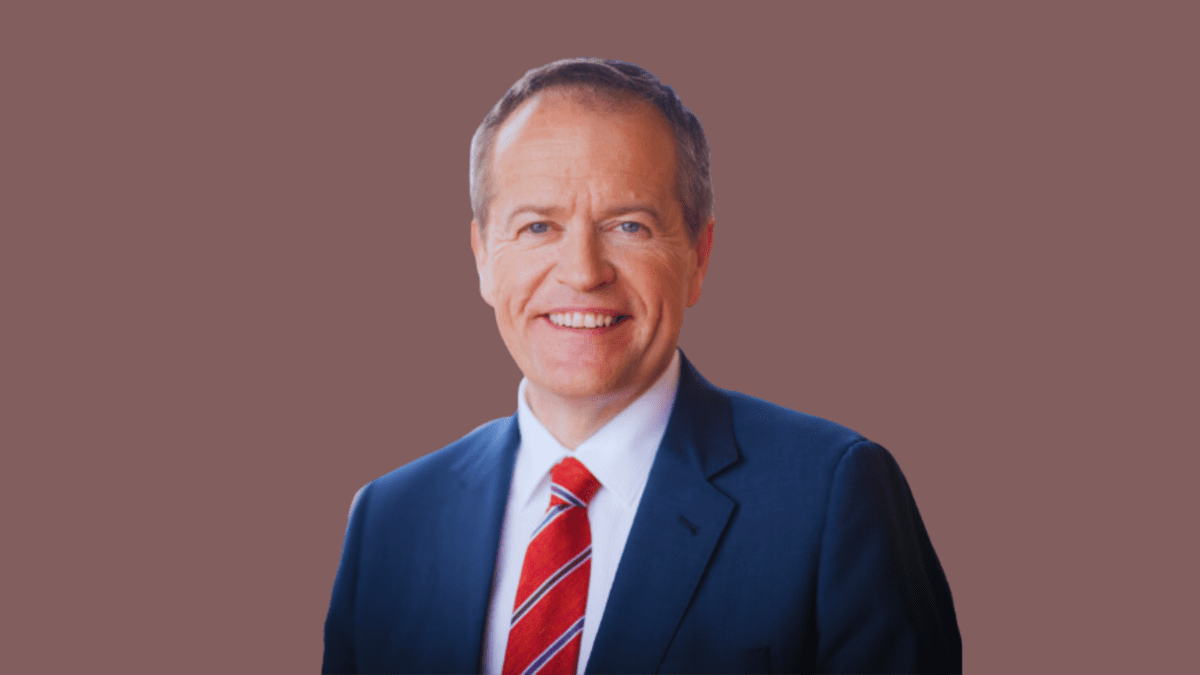Big four set for strong year as shares enjoy early jump
The big four banks will benefit from higher interest rates in 2023, with strong capital buffers shielding dividends from potential economic headwinds, analysts say. However, this is largely reflected in current share prices, particularly after the bullish start to the year, and investors may ultimately see weaker total returns.
The positive outlook for the major banks is epitomised by Commonwealth Bank of Australia’s share price reaching an all-time high of $111.43 earlier this month. The remainder of the big four have also begun the year in the green: ANZ’s share price has jumped 12.4 per cent, National Australia Bank’s 9.2 per cent and Westpac’s 5 per cent.
The banks’ positive run continued over half-year profit announcements this past week, with a combined 5.1 per cent increase in cash earnings across the big four.
Interest rate crosswinds
Analysts at Morningstar said higher interest rates will underpin earnings growth for banks in 2023. Banks pass on the rate hikes in full to borrowers but can be slower to increase customer deposit rates, which leads to their net interest margins (NIMs) expanding.
Goldman Sachs analysts said the boost to NIMs will be somewhat offset by competition for deposits, which accounts for 65 per cent of funding. The big four will also be wary of needing to replace low-cost three-year financing obtained through the Reserve Bank of Australia’s COVID-era term funding facility as it begins to roll off.
“We remain alert to the risk that these trends in wholesale markets result in a reinvigoration of deposit competition, with early signs suggesting this has already started to happen,” Goldman said.
The flip side of higher NIMs is the subsequent impact on credit activity, particularly housing as it accounts for over half of the majors’ assets. Morningstar expects credit growth to slow as reduced borrower capacity, inflation and falling house prices dent confidence.
Recent lending data from the Australian Bureau of Statistics revealed new loan commitments have fallen 29 per cent over the past year. Notably, external refinancing has increased by 18 per cent. It’s expected that close to a quarter of all outstanding credit will roll from fixed to variable-rate loans in 2023.
Asset quality strong, for now
With impaired and overdue loans well below historical averages, supported by a combination of low unemployment and repayment buffers, analysts agree the big four are entering 2023 from a position of strength. Still, Morningstar forecast bad debts will be an earnings headwind over the next two years.
In aggregate, if interest rates move in line with expectations, existing mortgage repayments will be sufficient, with households having built up buffers by contributing more than the minimum monthly repayment, Goldman noted.
One potential source of pressure on asset quality is the RBA’s rate-hiking campaign, with uncertainty over how far the central bank will go before it is satisfied inflation is returning to its target range. The RBA on February 7 increased the cash rate for the ninth consecutive time, to 3.35 per cent, and flagged the potential for more hikes in the months ahead.
And while households on average are well placed, vulnerable borrowers will likely be more affected. The latest RBA financial stability review found 15 per cent of variable-rate owner-occupiers would have negative cash flows if the cash rate reached 3.6 per cent.
Total return challenged
As for dividends, Morningstar said, the big four remain comfortably above the Australian Prudential Regulatory Authority’s minimum capital requirements, with each holding at least $3 billion in surplus capital. However, recent buybacks are not expected to continue in the short term.
“Banks will likely take a conservative approach given heightened economic uncertainty,” Morningstar said.
On Goldman’s numbers, CBA and NAB are trading on dividend yields of 4.5 per cent and 5.6 per cent, respectively. ANZ tops the big four with a 6.6 per cent yield, followed by Westpac at 6.3 per cent.
However, for income investors, the majors’ dividend yields look less attractive when compared with bonds, according to Morgan Stanley.
The broker said the current excess income yield earned on blue-chip bank stocks has fallen to just 1.6 per cent, compared with the long-term average of 3 per cent.
Goldman also noted the big four are trading on an earnings multiple in the 60th percentile, meaning investors are paying slightly more for bank shares relative to history.
“We see the total shareholder return picture as more difficult for the sector in FY23,” the investment bank said.
Investors will begin to know soon whether Goldman is correct or if the bullish start to the year has further to run. CBA reports on Wednesday, followed by NAB and Westpac.









